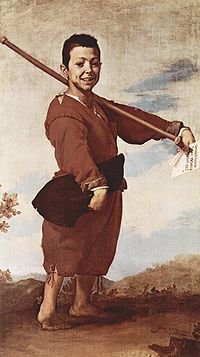8. I believe Hanga Te Pau is the proper reading out aloud of Gb5-12:
Vaha kai in Gb5-10 is glyph number 364 (counted from Gb8-30), i.e. it probably represents the 'swallowing' of the old year, given that each glyph is counted as a day. The very deep and narrow haga in Gb5-12 is meant as a Sign, and you will get only a little sweet water at Puna Pau. It is not a proper haga rave sign, but a similar sign in order for the reader to remember the small well which quickly dries out. Puna Pau is located where the red head gear for the moai statues were quarried: Puna pau, a small natural well near the quarry where the 'hats' (pukao) were made; it was so called because only a little water could be drawn from it every day and it ran dry very soon. 2. Va'e pau, clubfoot. Paupau: Curved. Red suggests fire, and such can be created only when water is absent. The peculiar 'leg' in Gb5-11 could refer to the curve which the canoe of the explorers made in order to reach Hanga Te Pau. And the right foot in Gb5-11 is swollen (a consequence of the preceding sign of being swallowed) as if to allude to the bottom of Rogo (which probably indicates the arrival of a new year):
The right foot in Gb5-11 will then represent the new in contranst to the old in Gb5-10. Here we should - I believe - say pau, because va'e pau means clubfoot:
|



